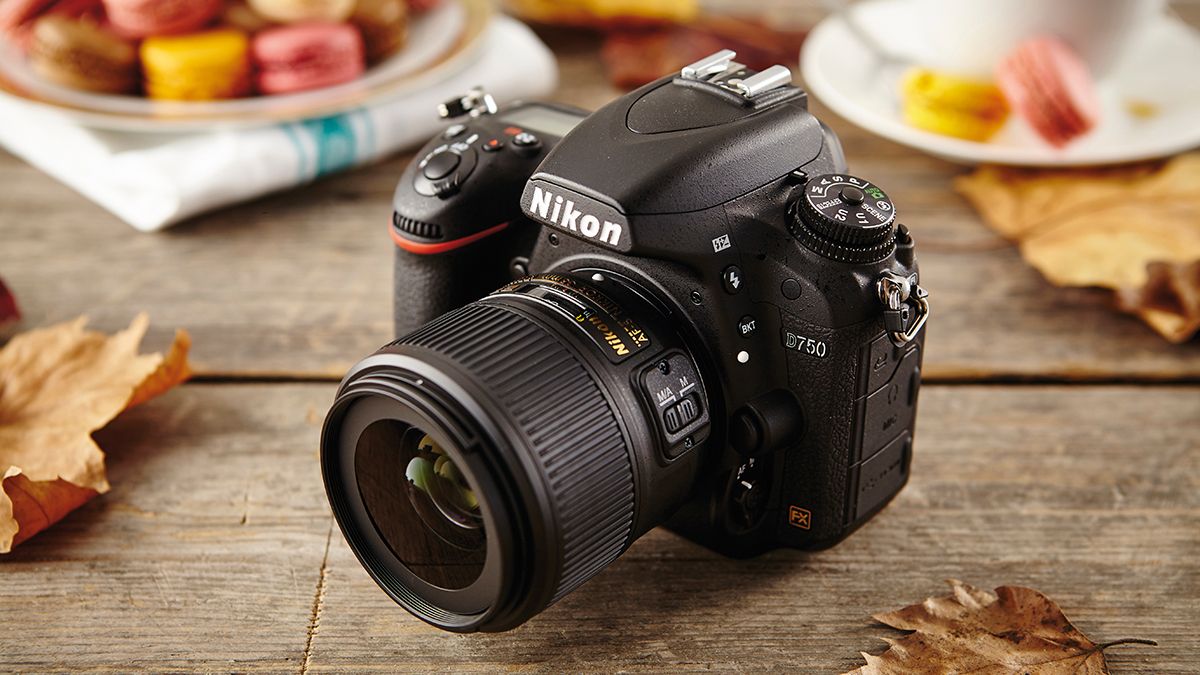

How to choose a lens for your mirrorless camera

And, while mirrorless cameras are known for their smaller size relative to DSLRs, you'll want one that's more compact if you're planning to take it traveling. If you're shooting sports or wildlife, you'll want a camera that can take a lot of pictures quickly, as well as one with in-camera stabilization. Last, consider what you want to do with the camera. Next, what is your experience level? If you're new to mirrorless cameras or photography in general, it's worth getting a lower-priced model with more beginner-friendly features, such as in-camera guides that explain various settings. The criteria when shopping for a mirrorless camera are pretty much the same as when you're looking for any sort of camera.įirst, what is your budget? While our picks of the best mirrorless cameras all fall under $1,500, you can find models that are twice as expensive, and their features are very tempting. How to pick the best mirrorless camera for you Read our full Canon EOS M6 Mark II review. If you can live with this compromise, though, you'll be rewarded with crisp photos and fast shooting speeds. However, Canon sacrificed a built-in viewfinder, and while the M6 Mark II has an excellent 3-inch touchscreen, you'll want to purchase this camera as part of a kit, or be prepared to shell out an extra $200 for the optional electronic viewfinder that slides into the camera's hot shoe. And, it comes in a much more compact package, weighing in at 14.4 ounces with the battery. Ĭanon's second-generation EOS M6 Mark II mirrorless camera has a lot to like: It has a 32MP APS-C size sensor, the highest resolution in its class, and shares a number of features with the Canon EOS 90D, its DSLR sibling, such as the image processor, 4K video and Dual Pixel CMOS AF. Read our full Olympus OM-D EM-10 Mark IV review. It's not common in mirrorless cameras, and the capability is especially rare at this price. In-body 5-axis image stabilization is the OM-D E-M10 IV's standout feature. Video (4K/30 fps) is good, but held back by the lack of a microphone jack. The screen tilts up about 90 degrees and down 180 degrees to face you when shooting selfies. The bright OLED viewfinder offers a generous resolution of 2.36 million dots, and the camera also has a bright, colorful 3-inch LCD touchscreen with about a million dots of resolution. And its compact design makes the Mark IV pretty easy to carry around.īut the Mark IV is not dumbed-down in any way. With its touch screen that rotates forward for selfie mode and 31 built-in image filters, the camera offers an easy upgrade from cellphone photography. With excellent image quality, 5-axis in-body image stabilization, and a price well under $1,000, the Olympus OM-D EM-10 Mark IV provides a great entry point into the Olympus family. However, there's no in-body image stabilization, and the single card slot only supports lower-end SD cards.Īlso look out soon for our review of the Nikon Z fc - a new mirrorless camera that has the same specs as the Z 50 but in an attractive retro body. The Z 50 has intuitive controls, in-camera retouching, and good performance in low light. The Nikon Z 50 is a great mirrorless camera for Nikon enthusiasts we liked its build and deep, comfortable grip, as well as its sharp electronic viewfinder. Its 3.2-inch touchscreen flips down for selfies, but is obscured if you have the camera on a tripod.

Following the launch of the full-frame Z6 and Z7 mirrorless cameras, Nikon introduced the Z 50, which doesn't have a full-frame sensor, but offers a solid feature set, great image quality and good performance - in a smaller form factor at a more consumer-friendly price. Nikon was a bit late to the mirrorless camera category, but it's making up for lost time.


 0 kommentar(er)
0 kommentar(er)
